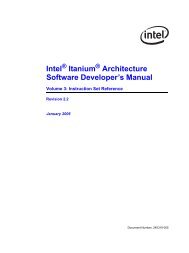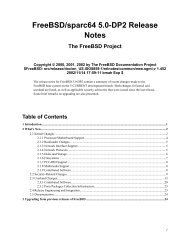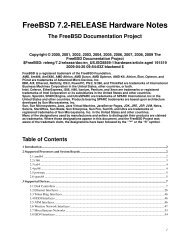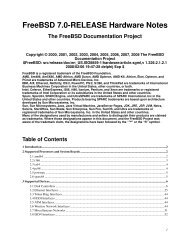Sable CPU Module Specification
Sable CPU Module Specification
Sable CPU Module Specification
Create successful ePaper yourself
Turn your PDF publications into a flip-book with our unique Google optimized e-Paper software.
Copyright © 1993 Digital Equipment Corporation.<br />
7.2.1.4 Hardware 1 - Local I/O<br />
Hardware 1 Interrupts are generated as a result of ‘‘Local I/O’’ device interrupt requests.<br />
They occur as a result of normal device operation, and when device errors<br />
are detected. For a complete description of the unique device interrupt request characteristics,<br />
refer to the component specifications for the device in question.<br />
When a Local I/O Interrupt is posted, the PALcode entered will read the Local Interrupt<br />
Register located on the I/O module. This register contains a bit field indicating<br />
which local I/O device posted the interrupt. (Several device interrupts could be<br />
pending.) PALcode dispatches to the appropriate interrupt service routine based on<br />
a priority scheme resident in the PALcode environment.<br />
Local I/O Interrupts only are restricted to being serviced by a dedicated processor<br />
(identified as the Primary processor). The Primary processor designation can be<br />
made at system power-up, or moved from one processor to the other over time. This<br />
requires that at any time, the processor not designated the Primary must mask off<br />
the Local I/O Interrupt request line bit 1 in the 21064 Processor HIER Internal<br />
Processor Register.<br />
7.2.1.5 Hardware 3 - Interprocessor<br />
Hardware 3 Interrupts are requested when a <strong>CPU</strong> requires the attention of itself or<br />
another <strong>CPU</strong>.<br />
The Interprocessor Interrupt Request Register is used to post an interrupt request to<br />
a specific processor. Note that, like software interrupts, no indication is given as to<br />
whether there is already an interprocessor interrupt pending when one is requested.<br />
Therefore, the interprocessor interrupt service routine must not assume there is a<br />
one-to-one correspondence between interrupts requested and interrupts generated.<br />
Refer to the ALPHA System Reference Manual for the proper usage and definition<br />
of Interprocessor interrupts.<br />
7.2.1.6 Hardware 4 - Interval Timer<br />
The Interval Timer interrupt occurs at a regular interval which allows the processor<br />
to effectively schedule processing time to each process requiring attention.<br />
The interval timer interrupt will regularly interrupt the processor every 976.5625<br />
microseconds. The PALcode that handles this interrupt must update its copy of the<br />
absolute time, copy it to register R4, clear the interrupt in the local System Interrupt<br />
Clear Register, and then pass control to the interval timer interrupt routine.<br />
7.2.1.7 Hardware 5 - System Events<br />
System Events such as power system status changes, halt requests from the Operator<br />
Control Panel, or Node Halt, or an SGEC on the I/O module are signaled via the<br />
Hardware 5 Interrupt.<br />
Actual Power system status, and Operator Control Panel halt request status must be<br />
requested from each subsystem which is accomplished over the System Serial Control<br />
bus.<br />
Exceptions and Interrupts 177




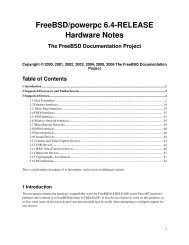

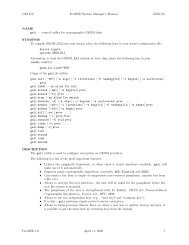
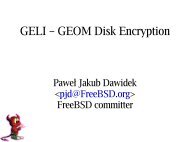
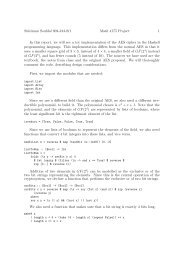
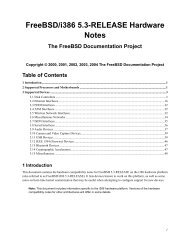


![Volume 3: Instruction Set Reference [pdf]](https://img.yumpu.com/5683779/1/190x252/volume-3-instruction-set-reference-pdf.jpg?quality=85)
